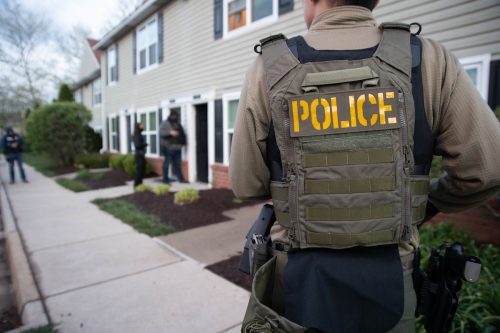In April 2010, Arizona governor Jan Brewer signed the “Support Our Law Enforcement and Safe Neighborhoods Act,” or, as it is commonly known, SB1070. At the time of its passage, Arizona’s immigration law surpassed all previous state immigration-control efforts. While much of the law has been enjoined by the courts, its passage inspired legislators in other states to pass similar legislation.
Since SB1070 passed, 36 other states have attempted to pass harsh immigration-control laws. Of those, 31 states have rejected or refused to advance their bills. However, five states—Utah, Indiana, South Carolina, Georgia, and Alabama—have passed laws that mirror or go beyond the Arizona law. It is likely that additional states will attempt to pass similar anti-immigrant legislation during the 2012 legislative session.
SB1070 and other immigration-related state legislation represent, among other things, a growing frustration with our broken immigration system. The courts will decide the constitutionality of the various laws, and time will answer many questions about their impact. In the short term, much evidence suggests that an enforcement-only strategy—whether attempted at the federal or state level—will not solve the root causes of unauthorized immigration.
This guide provides key answers to basic questions about state immigration-related laws—from the substance of the legislation and myths surrounding the debate to the legal and fiscal implications. As other states contemplate legislation, knowing the answers to these basic questions is critically important in furthering a rational discussion.



